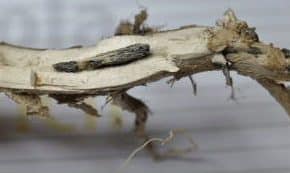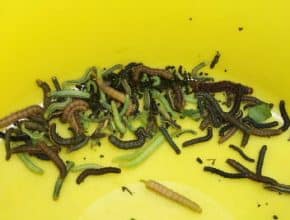Swathing of canola is well underway in Manitoba and just beginning in the earliest fields in Saskatchewan and Alberta. Avoid swathing during the heat of the day as chlorophyll can……
August 9, 2012 - Issue 24
-
-
-
-
It is not surprising that sclerotinia stem rot disease levels differ from field to field even if fields are in close proximity. Sclerotinia disease level is very dependent on the microclimate within the field. Moist growing conditions (ie. frequent rainfall or high humidity or heavy dews) promote disease development but factors that result in moisture-laden canopies can…
-
Parts of central Alberta have canola fields that have been written off due to severe hail. However, a fair amount of plant growth remains. Canola silage may be one option. Canola silage (on a dry matter basis) averages 12 to 14% crude protein but can be as high as 16% or more. Total Digestible Nutrients TDN (energy) averages 55% to…
-
Combining of earliest canola fields is near, with the odd field already harvested in Manitoba where crops are most advanced. Remember that for safe, long-term storage, canola should be conditioned……

